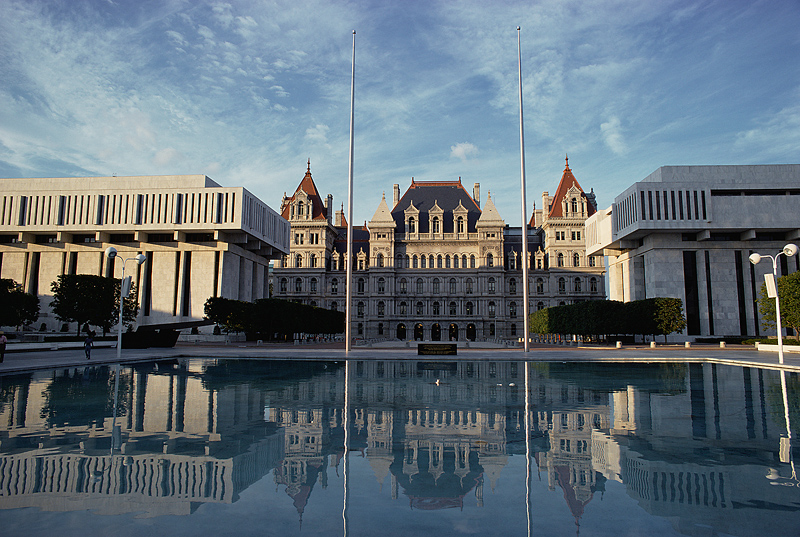
New York State Gov. Andrew Cuomo presented a state budget proposal on Jan. 15 that includes a $956 million school aid increase for 2019-20. Under the governor’s proposal, total school aid would be $27.7 billion, which represents a statewide increase of 3.6 percent.
For South Colonie, the governor has proposed a 1.99 percent or $423,423 increase in overall state aid for the 2019-20 school year and a total state aid package of $16,243,563. But state Foundation Aid for the district, which is the largest aid category to support operating expenses, would increase by only $40,608 or (0.25 or a quarter of one percent) under the governor’s proposal.
The bulk of the aid increase for all school district statewide is in two major categories: $338 million in additional Foundation Aid, which is the primary source of funding for everyday school operations, and $619.7 million to reimburse districts for designated expenses such as transportation, construction and BOCES services.
The state’s Property Tax Cap law would become permanent under the governor’s plan. Adopted in 2011, the law limits growth of local property taxes, including those for local school districts, to 2 percent or the rate of inflation, whichever is less. Final tax levy limits for school district are also subject to a number of variables.
The executive budget proposal is the formal beginning of budget negotiations between the governor and the New York State Legislature, with a final state budget due on or before April 1.
South Colonie Schools and the Board of Education have set its 2019-20 budget development calendar, leading up to the statewide school budget vote on Tuesday, May 21, 2019. All meetings are open to the public.
‘Education Equity’ formula to address funding disparities between schools
Gov. Cuomo also proposed a new “Education Equity” formula as a way to end funding disparities between individual schools within a district. Last year, the state required new fiscal transparency reporting requirements for 76 school districts representing half of all students in the state. These reporting requirements expand to more than 300 districts this year.
The governor highlighted funding disparities based on these building-level reports and proposed a per-pupil allocation measure to ensure the highest-need students in a district’s highest-need schools receive the funding needed to improve educational outcomes.
Additional funding for existing programs and new initiatives in the executive budget proposal:
- An additional $15 million to expand universal pre-kindergarten programs across the state, prioritizing high-need districts, homeless students and students with disabilities.
- Applying $3 million to address teacher shortages and recruit 250 new teachers through the We Teach NY program.
- An additional $1.5 million to add 100 new teachers in high-poverty schools to the state’s Master Teacher Program.
- An additional $11.8 million in Early College Higher Opportunity Funds to expand access to college and career options for high school students. This includes:
– $1.8 million to make exams free for low income students;
– $1 million to develop advanced program offerings in districts where offerings are limited;
– $4 million to expand Early College High School; and
– $5 million for 10 more P-Tech programs.
- An increase in the minimum Community Schools funding level from $75,000 to $100,000.
- An investment of $1.5 million and $3 million, respectively, to build districts’ mental health and restorative justice programs through training, professional development and other resources.
- Give districts the authority to install automated cameras on school bus stop arms and increase the fine for passing a stopped school bus.
